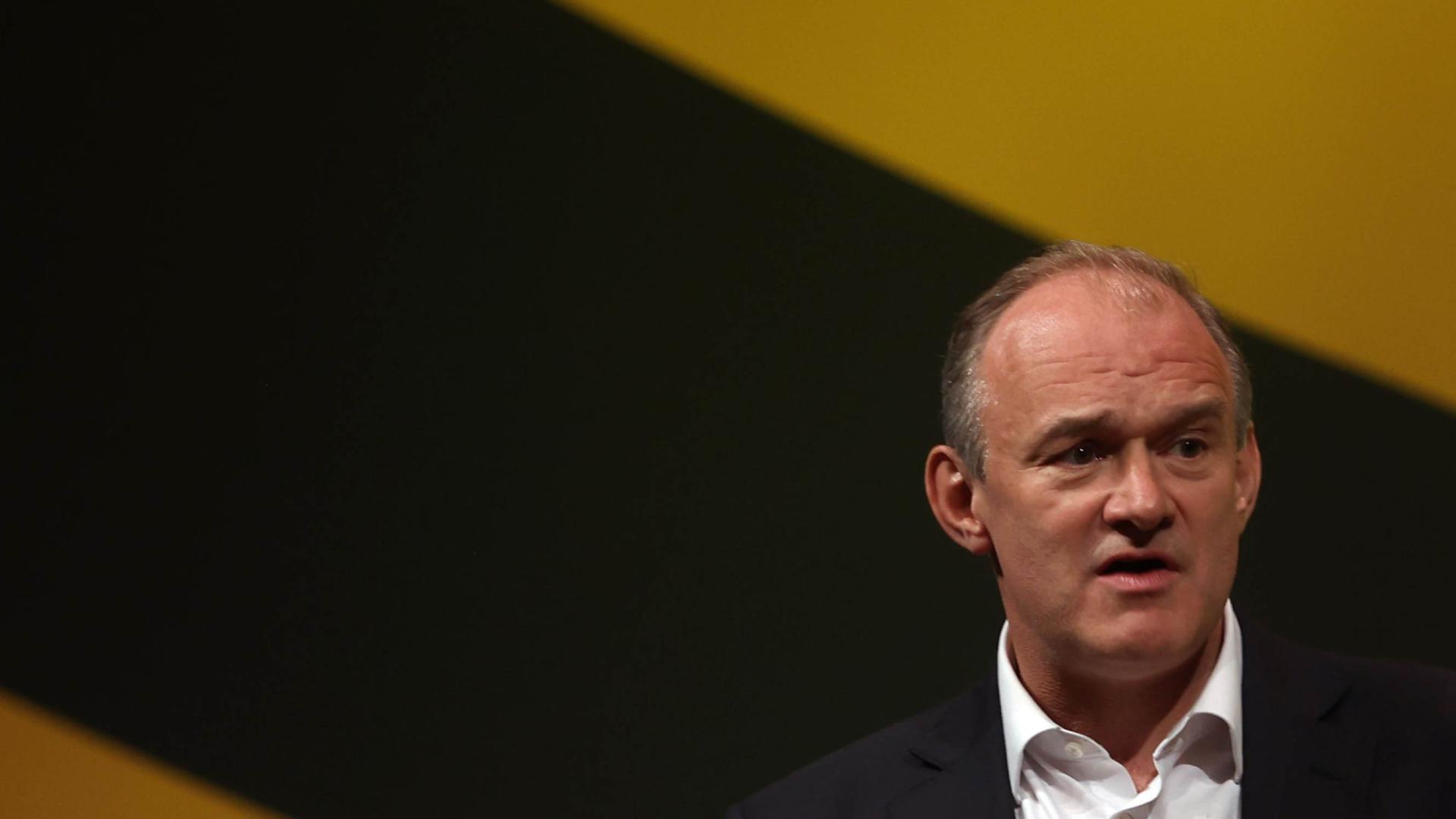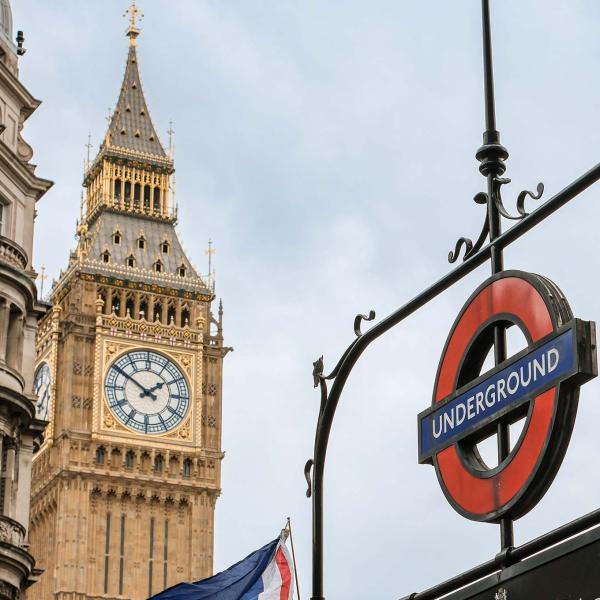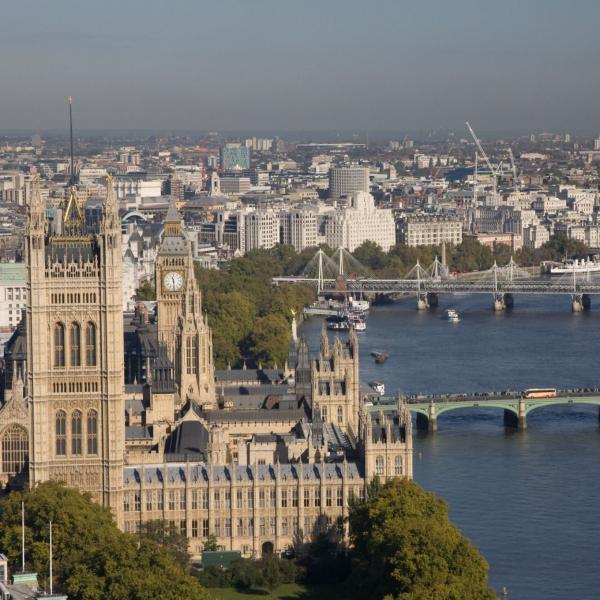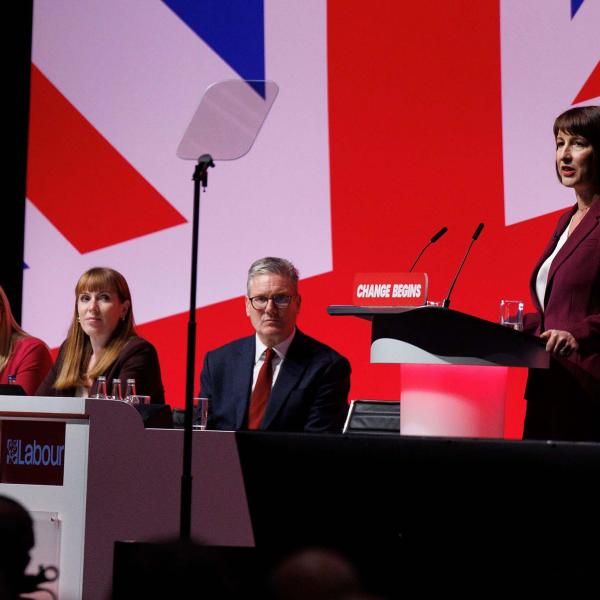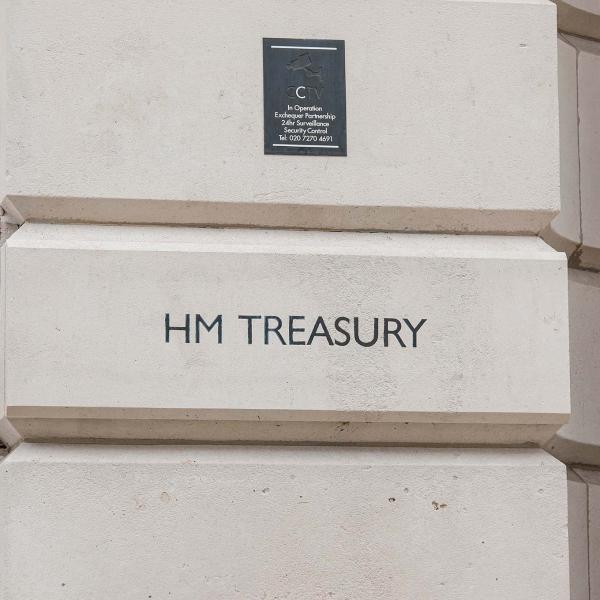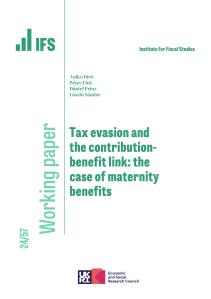Paul Johnson, IFS Director, said:
“The Liberal Democrats want to top up existing spending plans so that the state remains at around its current size, relative to national income - and hence considerably bigger than it was pre-pandemic. They propose a top-up to day-to-day spending plans to be funded by some big tax increases, on top of those currently in the pipeline. By focusing on taxing banks, energy companies and tech giants, many of these tax rises are intended to look ‘victimless’ - but of course they are not. We are already raising more from taxing companies than at any time in decades. Moreover, there are clear risks that their package of tax measures would not raise the £27 billion a year that they claim. And some of the tax raising measures are an economically bad idea. We should not, for example, be taxing share buybacks.
Putting an extra £27 billion into day-to-day public spending represents a meaningful change to current plans. But the vast majority of this spending would be targeted at health, education and defence, alongside increases in the social security budget: they want, for example, to scrap the two-child limit on means-tested benefits and make carer’s allowance more generous. This would still leave unprotected departments – including prisons, courts and local government – attempting to deliver billions more in cuts to their already-shaky services.
Outside a few substantial pledges – notably the introduction of free personal care in England – the Liberal Democrats are promising a long list of small additional things they want the state to do. Together they would likely make it harder to address the big challenges with funding our core public services.”
- The Liberal Democrats are proposing a package of tax rises that they claim will raise £27 billion in 2028-29. These may look politically attractive: a large sum raised without directly raising taxes on ‘ordinary people’. But taxes on banks, for example, would need to be raised to new highs – much higher than under the Conservatives – to achieve the planned revenue, and would ultimately be felt at least in part by their customers. While there are some changes to be welcomed – their proposed capital gains tax reform looks to be in a sensible direction – at least some of the measures are a bad idea economically. Most notably, there is no economic rationale for a tax on share buybacks. It would distort companies’ financing decisions and further discourage the use of equity finance relative to debt finance. As to whether the package overall would raise £27 billion, the risks are on the downside. For example, it may turn out to be difficult to raise £7 billion from cracking down on evasion and avoidance. Less would be raised from taxing share buybacks if firms change their financing strategies more than the Liberal Democrats expect. Taxing frequent flyers more heavily would require an entirely new administrative mechanism to monitor how many flights people have taken in a year. And it’s worth noting that expanding the windfall tax on oil and gas profits would only bring in revenue as a one-off – not the permanent revenue stream needed to fund permanent spending commitments.
- On day-to-day spending the Liberal Democrats propose a £26.8 billion increase in 2028-29. At 0.8% of national income that is not a small offering. But this is relative to a baseline that, on our estimates, implies £10 billion to £20 billion a year of cuts to day-to-day spending on unprotected public services. Much of the promised new spending from the Liberal Democrats is heavily focused on protected services (such as the NHS, schools, defence and overseas aid) or increased social security benefits (in particular carer’s allowance and the removal of the two-child limit in means-tested benefits). Other areas – including prisons, courts and local government services – would still be facing billions in cuts under these plans.
- The most significant increase in social security benefits is abolishing the so-called “two child limit”. This would increase entitlements by about £3,500 per year for low income families with three children (and more for bigger families). This is a well targeted way to reduce child poverty, and is straightforward to implement, albeit at a cost of several billion per year. Notably, the substantial bulk of the cuts to the welfare system since 2010 would be left in place.
- The Liberal Democrats do not set out an overall spending plan for health and social care, but propose £8.4 billion additional day-to-day spending for health and social care in England by 2028-29. It is not clear what this means - £8.4 billion on top of what? If on top of current spending that would not be nearly enough to meet demand and increased costs as well as all the improvements they suggest. This funding is for a range of specific initiatives in the NHS alongside the introduction of free personal care in England. Although a large expansion in state funded provision of social care, this would not undo the increases in the strictness of care needs tests seen over the last 14 years.
- The biggest single pledge on education and family policy was the pre-announced plan to enhance statutory maternity pay by nearly doubling the amount paid to £350 per week. That would mean new mothers would receive at least 50% of average wages, bringing the UK somewhat closer to the norm in high-income countries. This would represent significant savings for the many employers who already top up maternity benefits for their employees. In schools, falling pupil numbers mean that a promise to increase spending per pupil above inflation each year would still be consistent with a real-terms cut to total school spending. An extra £1.9 billion for school repairs would bring spending up to what the Department for Education thinks is necessary to mitigate the most serious risks. Reinstating maintenance grants (to replace maintenance loans) would benefit some disadvantaged students in the longer run, but do nothing to address cost of living pressures right now.
- On investment spending the Liberal Democrats state that they “will invest an additional £19.7 billion a year on average over the next Parliament”. This would be enough to offset the cuts to investment spending implied by the March Budget so, in other words, the Liberal Democrats' plan implies holding investment spending at around its current level – which is high by recent UK standards. But doing this additional (relative to existing plans) investment spending well would take time to plan and implement and therefore involve spending being backloaded. This is to be financed through additional borrowing which might explain why, in contrast to the Conservatives and to Labour, the Liberal Democrats seem not to have put a date on their commitment “to get the national debt falling as a share of national income”.
